Written by:Prof.Enrico Pandeli
On November 30th 2018, I had the pleasure to meet the ICARE Delegation of my students (Mr. Zhou Zhenxin, Ms. Liu Yiru, Mr. Huang Tianyue, Mr. Huang Shaocheng, Ms. Zhang Yuan) and the Colleague Mrs. Kou in Florence coming from Paris. After their arrival at the railway station and leaving the baggage in the hotel, we had the lunch consisting in Italian spaghetti “alla carbonara” a very energetic dish for the hungry students.
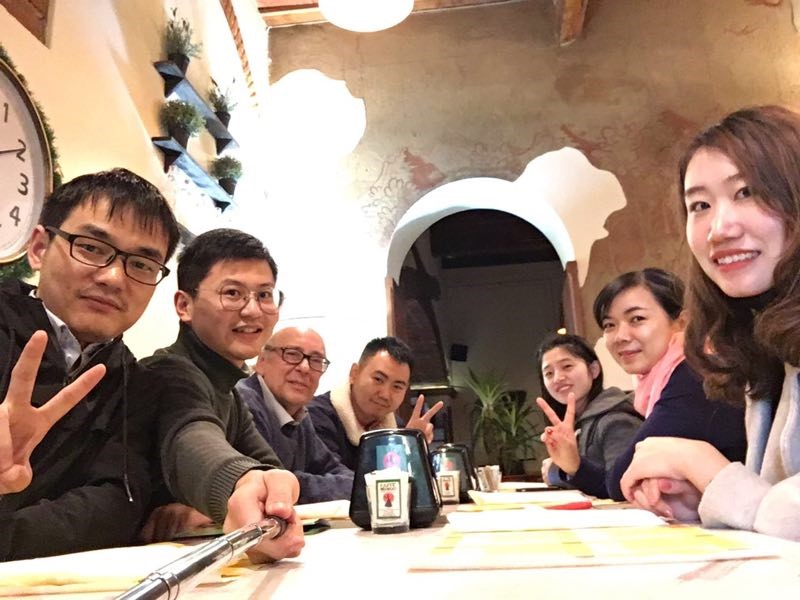
Then we performed a quick tourist trip across the centre of Florence reaching the Old Bridge, Uffizi Gallery and Signoria square with the Old Palace and the Cathedral square (Dome, Giotto Tower and Baptistery). All my guests were very happy and surprised to see such a concentration of old monuments that belong to the cultural heritage of the whole world.
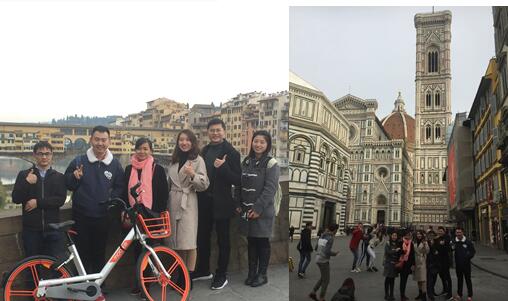
We arrived in the S.Marco Square where the Officies of The Rector of the University of Florence are located and passed to the Earth Sciences Department.

The rise of Geology as a historical science, which began in the second half of the sixteenth century and culminated more than two centuries later, has its roots of Florence, thanks to the grand-ducal collection of the city symbol of the Renaissance, and the observations of those ingenious scholars like, among others, Leonardo da Vinci and Nicolaus Steno.
The Department of Earth Sciences at University of Florence, is the natural descendant of the Istituto di Studi Superiori e Pratici di Perfezionamento in which Igino Cocchi held the Chair of Mineralogy, Geology and Palaeontology from 1860 to 1873. Cocchi was the main proponent of the need to straighten out Italy to Europe with a modern geological knowledge of the territory and its natural resources, a main goal to be achieved through the geological survey of the peninsula and islands. The Department of Earth Sciences of University of Florence is still a national excellence in scientific research and international relations within the field of Geosciences.
The Earth Sciences Department currently consists of 44 units of permanent academic staff, 27 units of technical and administrative staff and about 100 units of temporary research staff (PhD students, research fellows, visiting researchers). The Department's activities are carried out in tight collaboration with other University units (Natural History Museum, Science Library) and the CNR (National research Council - Institute of Geosciences and Earth Resources).
Academic staff and researchers of the Earth Sciences Department are engaged in many teaching courses, for the most part belonging to the School of Mathematical, Physical and Natural Sciences (Master of Science in Geological Sciences, Natural Sciences, Technologies for the Conservation and Restoration of Cultural Heritage). At the Department is also active a PhD program in Earth Sciences.
Researchers of the Earth Sciences Department are engaged in numerous research projects and technological development in different areas of the world, with a long tradition of research in the Mediterranean Basin, East Africa and Latin America. The main research activities cover a broad spectrum of disciplines including (in a non exhaustive list) the prediction and prevention of geological hazards (volcanic eruptions, earthquakes, landslides, floods), the exploitation and protection of natural resources (hydrocarbons, mineral deposits, waterad geothermal resources), the study of the palaeoclimate and palaeoecology, the paleontological study of Quaternary faunas, the interpretation of the genesis of the Apennines and other peri-Mediterranean mountain chains, the conservation and restoration of cultural and geo-environmental heritage, the study of systematic mineralogy, crystal chemistry and gemmology, the study and analysis of volcanic and geothermal processes.
First we visited the collections of minerals in the Museum of Natural Sciences then the laboratories of geochemistry of rocks and fluids.
There the students had a general look of the instruments and laboratory activities. In particular they saw the parts where minerals and rocks are analyzed for understanding their composition and physical properties (eg. Porosity, permeability, thermal conductivity, etc.), then we passed to the laboratories of fluids where the chemical features of the geothermal and volcanic fluids are defined, groundwater and air (particularly to define the degree of pollution of the environment). Two our Phd Chinese students (Mr. Cao Yijian and Miss Wang Cong) explained their important work about the restoring and preservation of cultural heritages (stones, paints, wood, etc.). Their knowledge will be soon transferred in China. The ICARE students appreciated so much the visit and asked quite a lot of information about our Chinese Phd students.
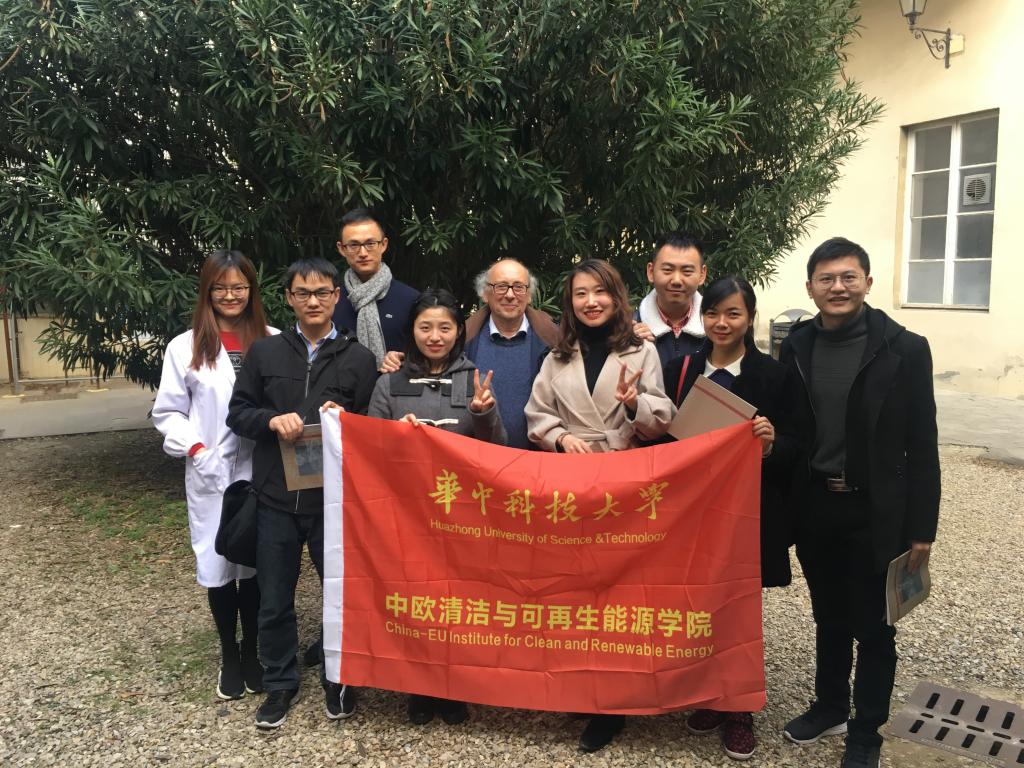
The visit continued in the Paleontological collection of the Museum of the Natural Sciences where are exposed impressive skeletons of old elephants and other animals that lived in the surrounding of Florence in the last 1 million year and that of a whale of 5 millions year.
Afterward, another Phd Chinese student (Mr. Monan Shan) introduced the ICARE student in the Geology Engineering and in particular to the prevention of landslides and remote sensing monitoring of rock bodies or other object of the earth surfaces through satellite measurements and showed them the use of some informatic program for different hazards.
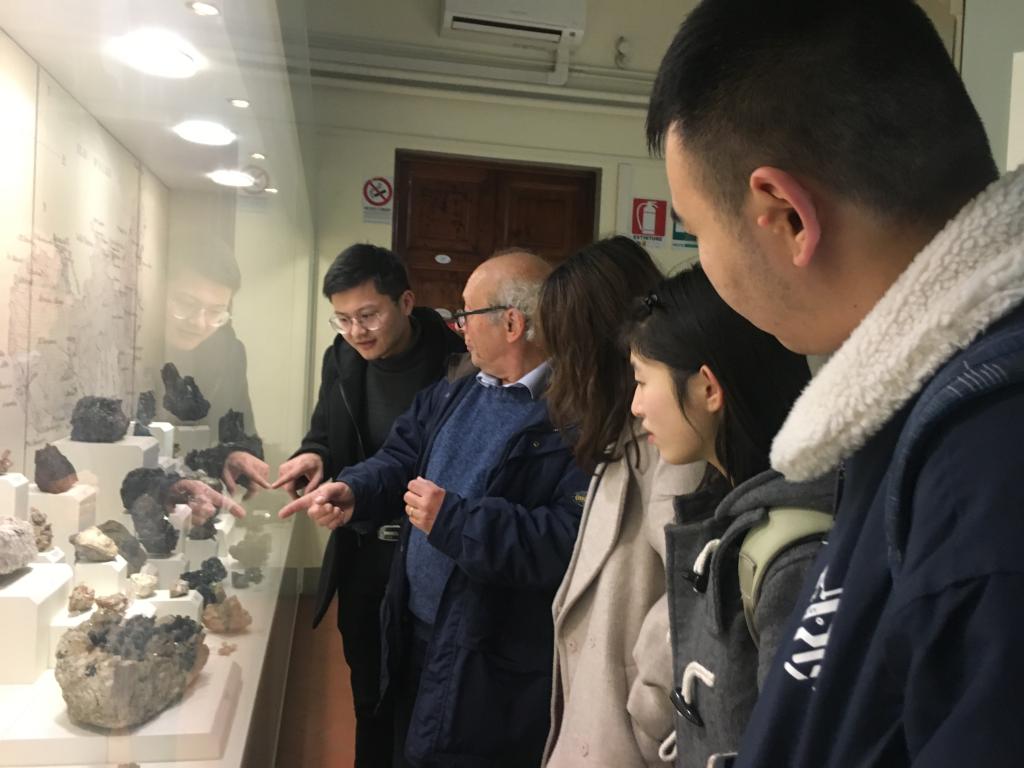
We continued with the laboratory of Geophysics, where Dr. Giorgio Lacanna illustrated the activity of the laboratory about the volcanic risks, i.e. the monitoring in real time of the seismic activity of some volcanoes in Italy (Stroboli, Etna), in central-south America and in Japan aroused much interest between the ICARE students.
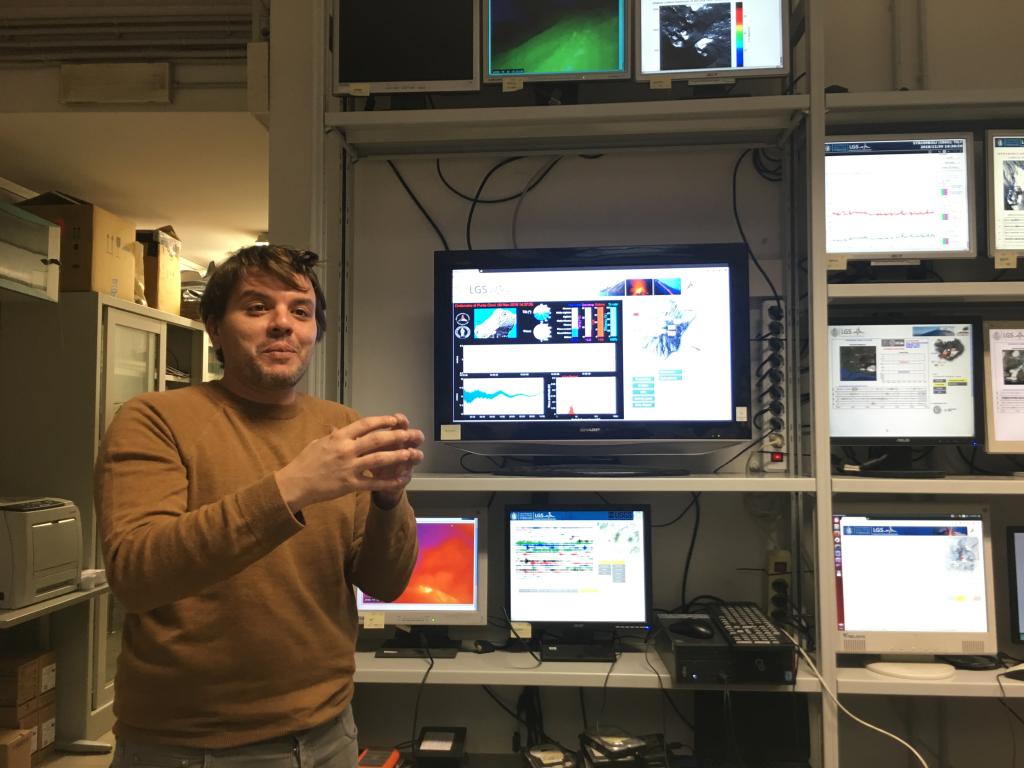
Finally we went to my study where I showed them some our geothermal projects and in particular the Ceppo Project in Pistoia close to Florence. This is an old hospital, made up of buildings of XIV century to present, that is decommissioned and the Major Authority wants to reconvert to different uses (museums, meetings hall, schools, hotels). So with the collaboration with Dr. Lu Xing and other degree students of HUST, We are defining a model of the energetic needs of such complex buildings and a plan of the use of geothermal energy through different types of geothermal heat pumps and exchangers for the conditioning of the rooms.
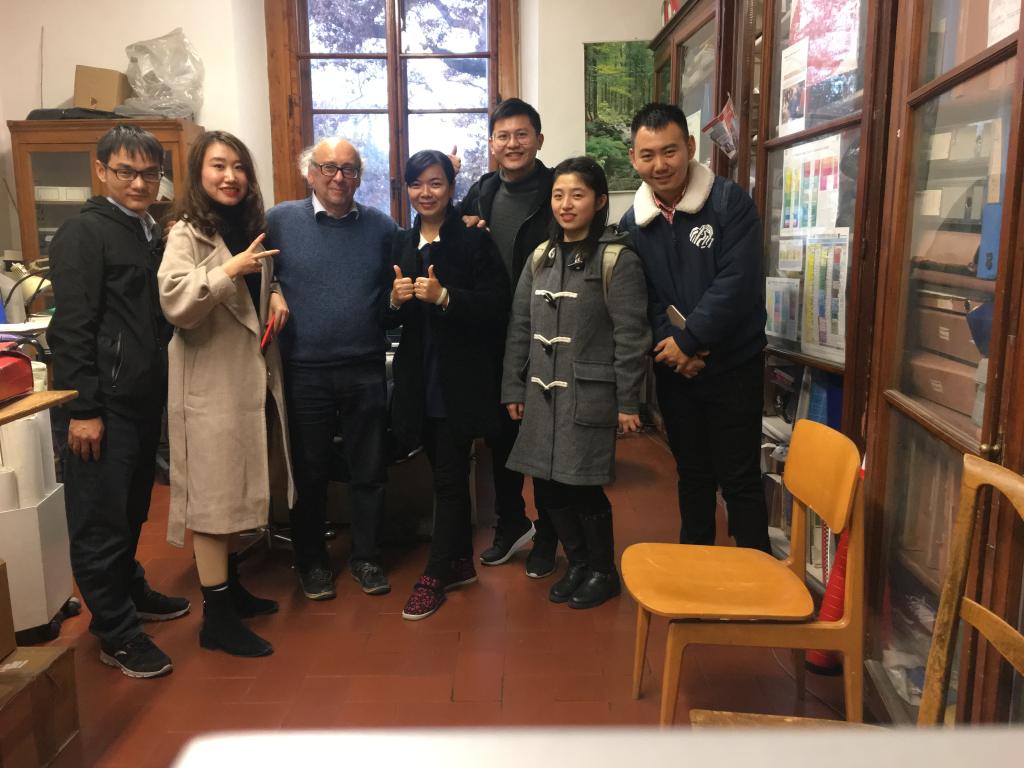
I hope that the visit of my Earth Sciences Department will give more informations to the ICARE students about the importance of the geological science in the Renewable Energy field (geothermal, hydroelectric, etc.) and in other aspects of our life (preservation of the environment and cultural heritages, lowering of seismic and volcanic risks, finding resources, etc.) and suggestions for the improvement of the relationships between HUST-ICARE and UNIFI- DST, especially for the internships and Summer-Winter school activities. The documents of the agreement between HUST-ICARE and UNIFI-DST will be signed .



